18 Instant Tells That Someone Is Canadian
18 Instant Tells That Someone Is Canadian

Obviously we love Canadians over here! After all, I married one! After having lived in Ireland, the USA, France, and England, I’ve come to realize there are instant giveaways that someone is Canadian.
To ensure, this article is complete, I’ve gathered opinions from other people too. These are 18 instant giveaways that someone is Canadian.
1. They mention their duotangs from back in elementary school

In Canada, elementary students often use duotangs, a type of folder with prongs to hold papers, for their school projects and assignments. These are a staple in Canadian classrooms and a common reference among Canadians when reminiscing about their school days. The mention of a duotang might draw blank looks elsewhere, but it’s a shared part of the Canadian educational experience.
2. They say Grade 12, not Senior, and always ask WTF is a sophomore

Canadians refer to the last year of high school as “Grade 12,” rather than “senior year” as commonly termed in the United States. Additionally, Canadian students might be puzzled by terms like “sophomore,” which are staples in the American high school and college vernacular but not in Canada. This difference in terminology can often be a giveaway of their Canadian background.
3. They say Washroom instead of restroom

Canadians typically say “washroom” when referring to public toilets, unlike Americans, who use “restroom.” This difference in terms can be confusing in other English-speaking countries, where terms like “bathroom” are more common, as experienced by Canadians abroad. Using “washroom” is a distinctly Canadian habit that can set them apart internationally.
4. They call hats a “toque”

A “toque” is a knitted winter hat, commonly worn in Canada during the cold months. While Americans might simply call it a “beanie,” the term “toque” is uniquely Canadian and a part of the national winter attire vocabulary. It’s one of those words that instantly identifies someone as Canadian when used in conversation abroad.
You may also like: 8 Stunning Natural Wonders Of The World You Need To Visit
5. They know what a house hippo is

The house hippo is a fictional creature from a popular Canadian public service announcement aimed at teaching children to question what they see in media. This tiny hippo supposedly lived in Canadian homes, eating crumbs and sleeping in cotton-ball beds. Canadians often reference it as a shared cultural joke, indicative of their unique media landscape.
6. They always apologize

Canadians are famously polite and often heard apologizing, even in situations where it might not seem necessary. This cultural tendency to constantly say “sorry” can make Canadians stand out as exceptionally polite or even overly apologetic in other cultural contexts.
7. They finish sentences with “Eh”

The use of “eh” at the end of sentences is stereotypically associated with Canadian speakers. This linguistic marker is often used to prompt agreement or reconfirmation, sounding like “It’s cold out today, eh?” It’s seen as a friendly, conversational habit that is quintessentially Canadian.
8. They use the metric system
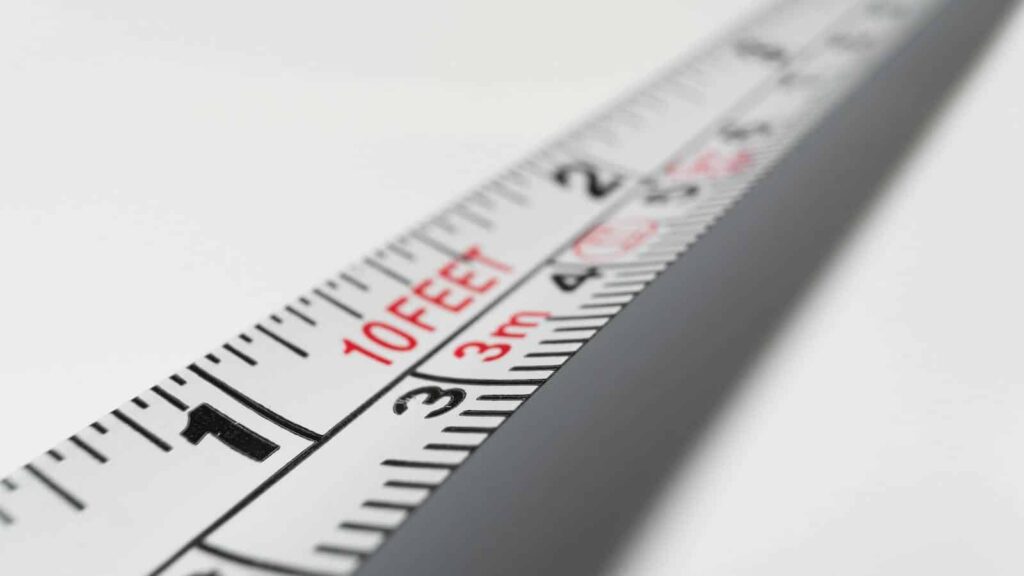
Unlike their American neighbors who use the imperial system, Canadians use the metric system for measurements. This means they measure distance in kilometers, height in meters, and temperature in Celsius. This system usage is a clear identifier, especially when discussing weather or travel with non-Canadians.
9. They “sneak past ya there”
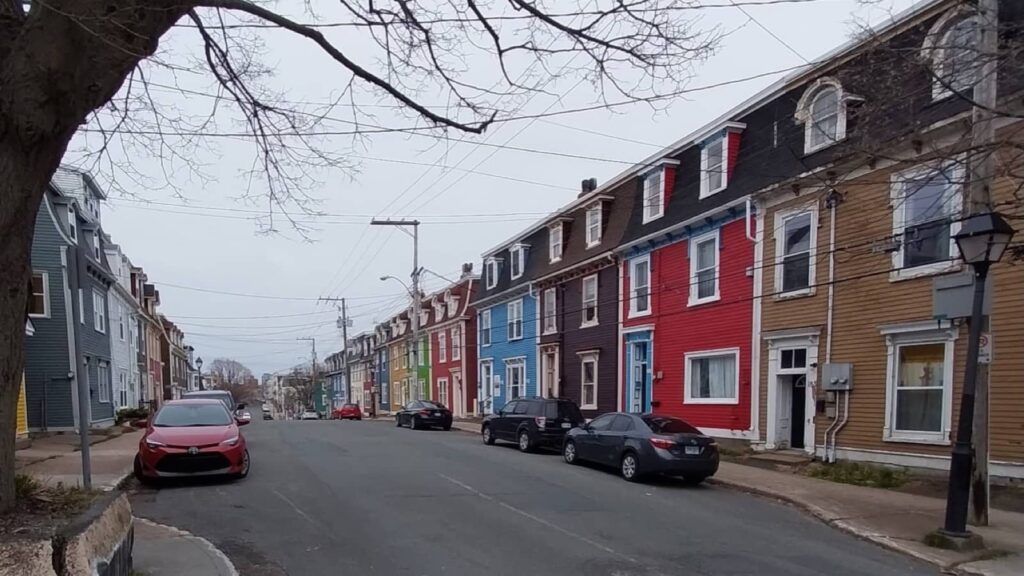
This phrase is typically Canadian, reflecting both the politeness and the understated manner of moving around others. It’s commonly used in scenarios where a Canadian might be trying to get past someone in a crowded space, saying “Just gonna sneak past ya there” in a gentle, apologetic tone.
10. They can pronounce Saskatchewan

Saskatchewan is a province in the heart of Canada, and its name can be a challenge to pronounce for those unfamiliar with it. Canadians, however, say it with ease. Mastery of this pronunciation can often highlight a Canadian, especially when they’re among people struggling with the name.
You may also like: 12 Best Destinations For Adventure Travelers
11. They say « Tabarnak! » a lot

“Tabarnak” is a swear word derived from Quebec French, and it’s used quite liberally among French-speaking Canadians, particularly in Quebec. Its usage can immediately pinpoint a speaker’s Canadian (specifically Quebecois) roots, as it is a potent part of the Quebec French lexicon.
12. They describe a 10 below day in winter as mild
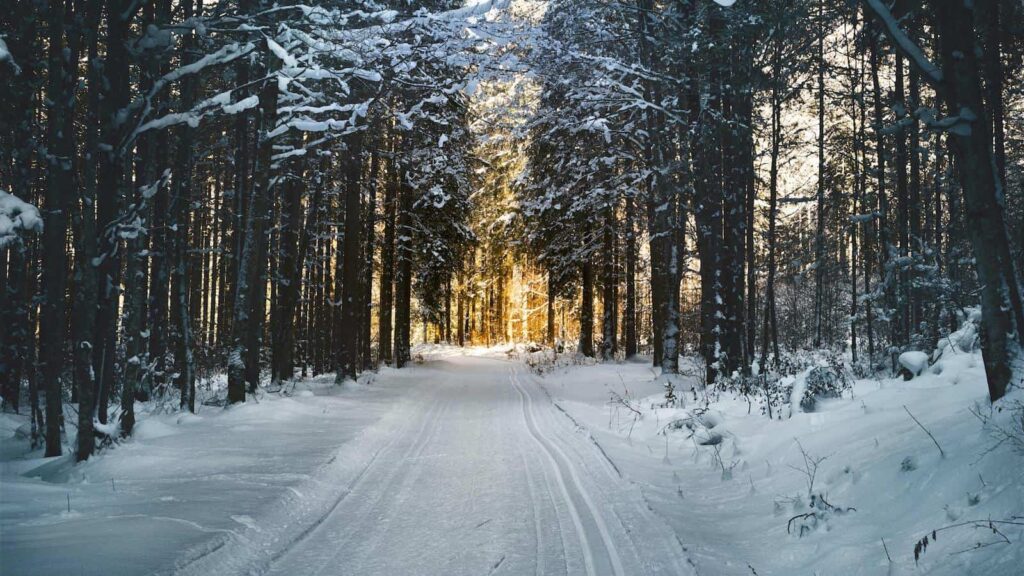
When Canadians say that a day with temperatures of minus 10 degrees Celsius (14 degrees Fahrenheit) is “mild,” it definitely raises eyebrows in warmer climates. This perspective on winter weather showcases not only their hardiness but also their different standards for what constitutes cold.
13. They use the term “Mickey” for a 375ml bottle of liquor
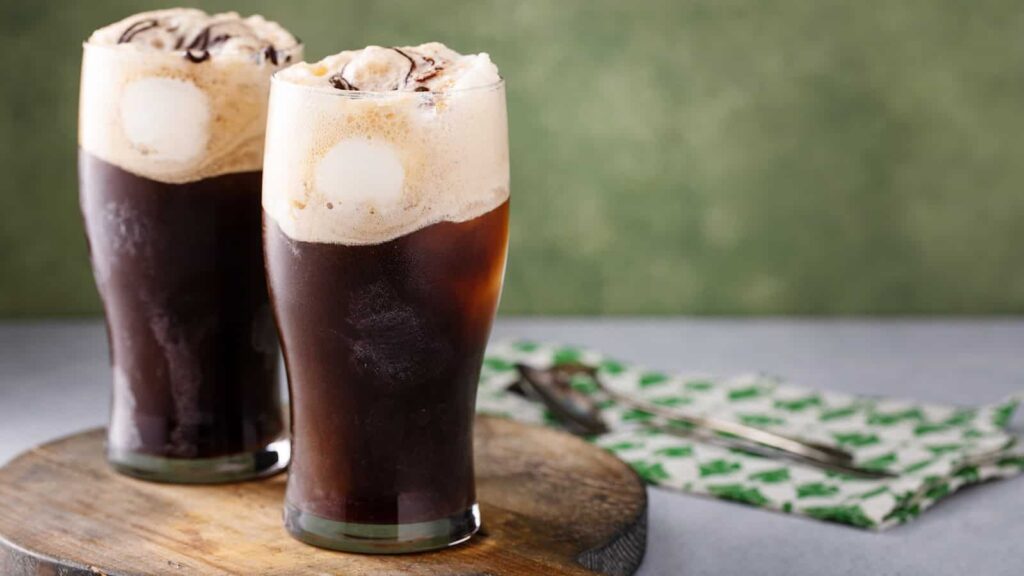
In Canada, a “Mickey” is slang for a 375ml bottle of alcohol. This term is unique to Canada and can be a giveaway when Canadians are discussing drink sizes abroad, where the term is not recognized and might lead to some confusion or curiosity about its origins.
14. They’re quick to tell Europeans that Canada is not America
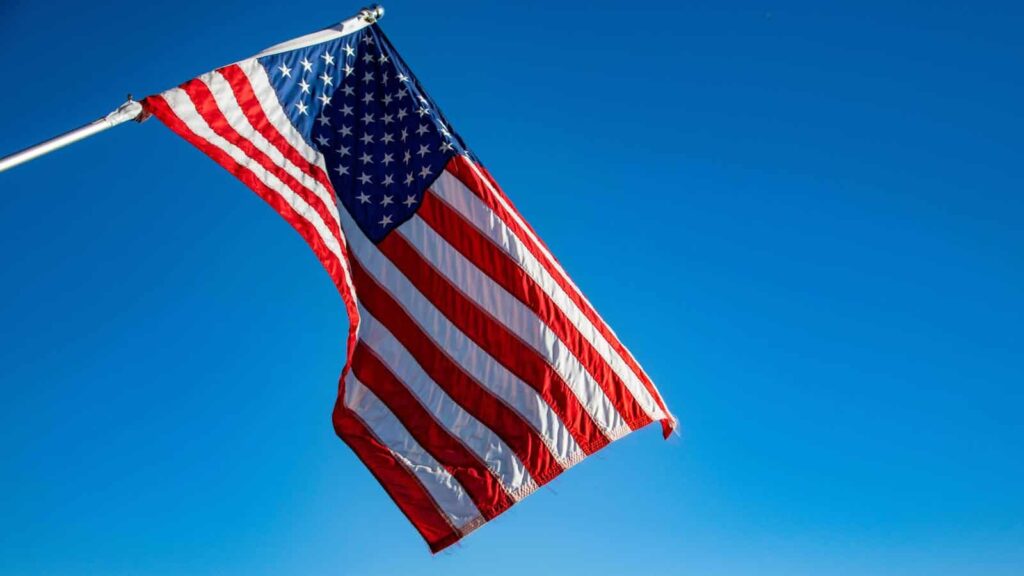
Canadians abroad are often quick to distinguish their nationality from being American, especially when interacting with Europeans who might lump the two together. This distinction is important to Canadians, emphasizing their unique cultural and national identity.
15. They spell it mom but pronounce it mum

In Canada, the word “mom” is spelled the American way but often pronounced closer to the British “mum.” This subtle difference in pronunciation can be a subtle clue to a Canadian’s origin, blending North American and British influences in their speech.
You may also like: The Best 3 Day Itinerary In Vancouver That Will Blow Your Mind
16. They speak a different sounding French but still understandable by French people
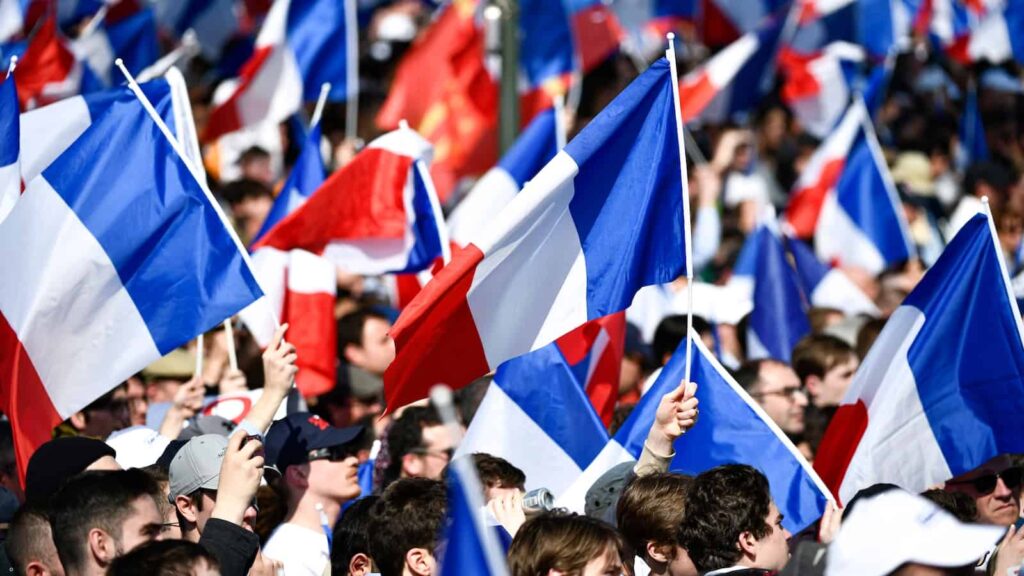
Canadian French, particularly the variety spoken in Quebec, sounds quite different from the French spoken in France due to its unique accent, vocabulary, and expressions. However, it remains mutually intelligible to French speakers from other parts of the world, showcasing the diversity within the French-speaking community.
17. Their emotional reaction to a hockey game

Hockey is often considered Canada’s national sport, and Canadians are known for their passionate following of the game. Their intense emotional reactions during hockey matches, whether joyous or disappointed, are a testament to the sport’s deep cultural significance in Canada.
18. They’re nicer
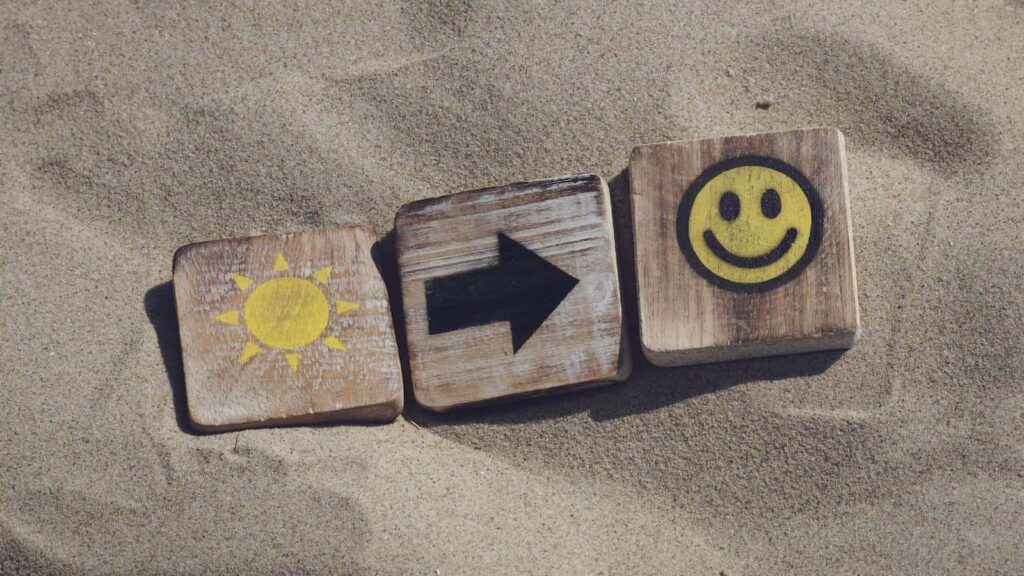
The stereotype of Canadians being extremely nice is well-known globally. This reputation for kindness and good manners is frequently brought up in conversations, often humorously, but it also fosters a warm and welcoming image of Canada internationally. This perceived niceness can sometimes be seen as an endearing national trait.
30+ Romantic road trips across the world

Read More: 30+ Romantic road trips across the world
14 Europeans Things Americans Don’t Understand

Read More: 14 Europeans Things Americans Don’t Understand
23 Things Americans Do Without Realizing How Weird They Are

Read More: 23 Things Americans Do Without Realizing How Weird They Are
We are Mary and Eric, the founders of Be Right Back, a blog dedicated to romance around the globe and at home.
We are Mary and Eric, the founders of Be Right Back, a blog dedicated to romance around the globe and at home. With over 10 years of experience in dating and traveling to romantic places, we share our favorite date ideas and romantic destinations to help couples level up their relationships. Having lived in and traveled through the USA, we also share our favourite things to do in the States.
With 70,000 monthly readers and 16,000 followers on social media, Be Right Back is your go-to resource for romantic trip ideas and couple activities at home and abroad.
